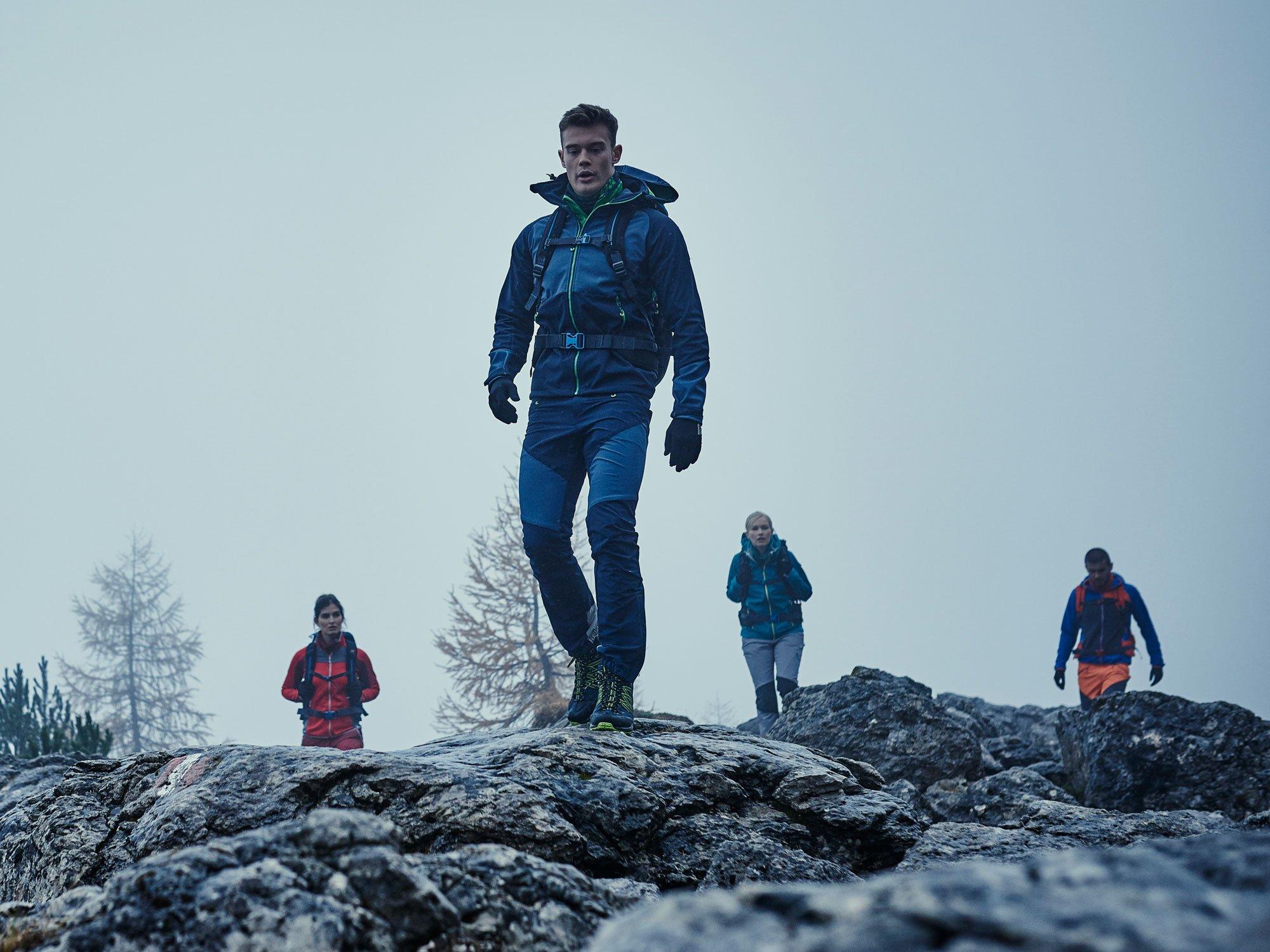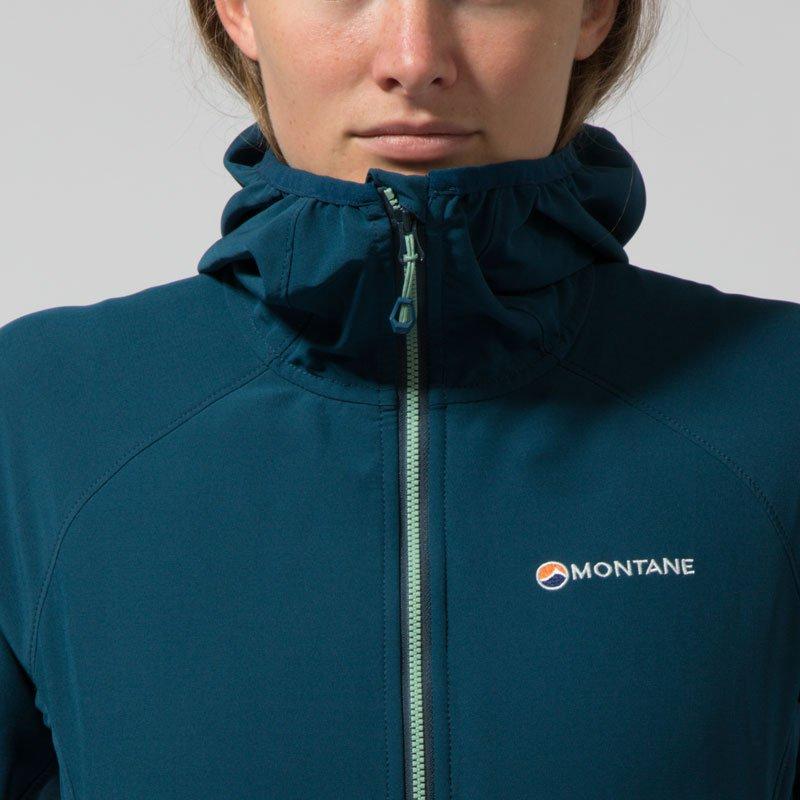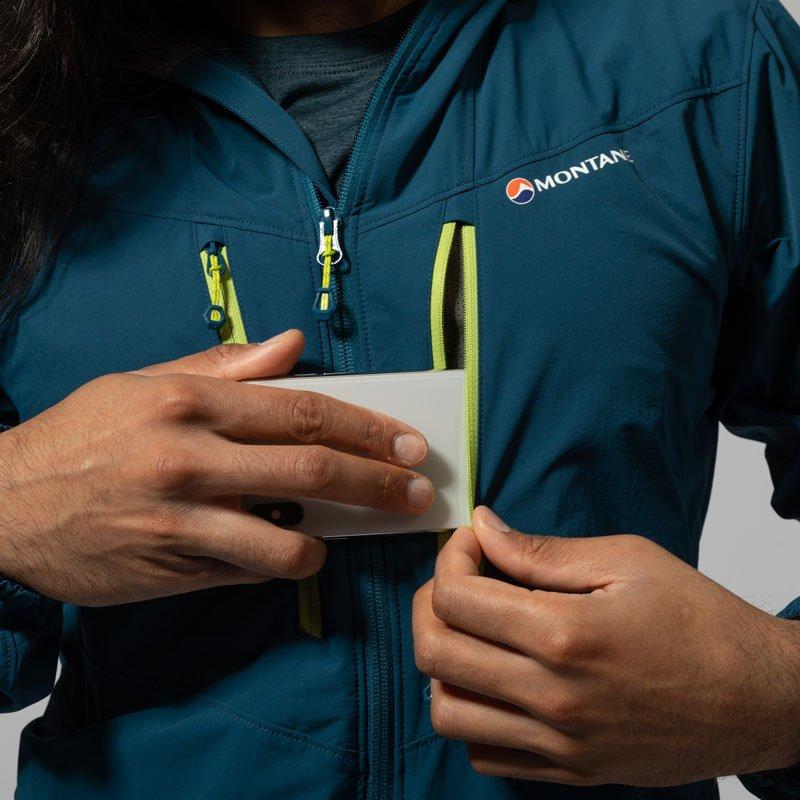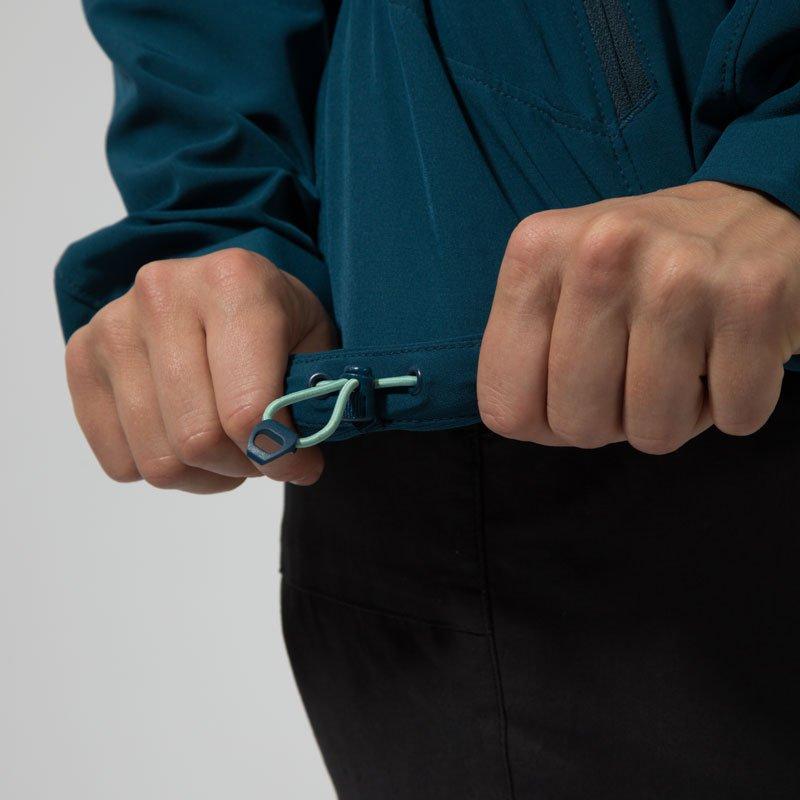0Basket0Item: £0.00
Save £50 on retail prices by being a member
Become a member now or enter your membership number in the basket. More about Membership.
Enjoy your members only prices!
Total items:0
Layers are a versatile way of dealing with the changing weather conditions that we have come to know and loath in the UK. Softshell jackets are an integral part of any layering system, bringing extra warmth and durability to party.

A softshell jacket is a hardwearing alternative to a fleece. It’s a woven mid-layer that can be used as extra insulation to go under a waterproof hardshell jacket, or worn alone as an outer layer.
Softshell jackets are made from breathable materials that offer a decent level of protection from wind and rain, so they’re ideal for outdoor activities.
It’s worth noting that although a softshell jacket will shelter you from the rain to some extent, the DWR (Durable Water Repellent) protection it provides is not effective in heavier downpours. If the weather becomes severe, it’s recommended that you throw a hardshell waterproof layer over the top to keep you dry.
There are multiple uses for a softshell jacket, and if it’s not chucking it down outside, it’ll be a lightweight and breathable alternative to your waterproof jacket.
Daily wear in good to moderate weather conditions (little chance of rain)
Climbing or cycling (worn over base-layer)
Worn as insulating mid-layer (underneath hardshell jacket) in severe weather conditions
Softshell Jackets often come in an athletic or alpine cut, adjusted at the hem with drawcords to keep the garment snug. Ideal for climbers who don't want a long cut that gets in the way of their harness.
Hardshell jackets are waterproof and have a more rigid construction than softshell mid-layers, making them the best choice when the weather is predictably bad.
Softshell jackets are all about giving your body to move more freely, while keeping you well ventilated. They may not be fully waterproof, but they’ll offer some resistance to wind and rain.
The arms and body of a softshell are designed to be flexible and easy to move. For example, you can move your arms above your body without your clothing rising up during high activity. You won’t hear that annoying ‘rustle’ noise you get with waterproof jackets either!
If you are a keen walker or climber and happy to sacrifice waterproof protection, a softshell mid-layer will reward you with comfort and breathability in an affordable, slim-fit package.

Below are some of the typical features associated with softshell jackets.
These allow sweat vapour to pass through the softshell fabric during activity.
Hoods are sometimes included to give you extra insulation. These can be zip-off, fixed, peaked, wired, or helmet compatible.
Softshell jackets come with a variety of internal and external pockets. For use during climbing, check that they can to be reached while using a harness. Pockets may also be lined or insulated to keep your hands warm.
Normally found in areas such as the shoulders and elbows for extra durability.
The interior of a softshell jacket is usually lined with fleece, fur or wool, but can vary according to price.
Used in the stitching of some softshells to avoid skin abrasion.
Extra flexibility and freedom of movement for active use. This can be in the garment construction (such as 4-way elastication), or the actual materials used.
Reflective trims and logos are often incorporated into jacket design in order to provide high visibility in dark conditions.
Ribbed cuffs designed to prevent draughts entering through the sleeves.



Softshell jackets are a cost-effective way to stay comfortable and warm during outdoor activities. Find yours online and in-store at Go Outdoors.